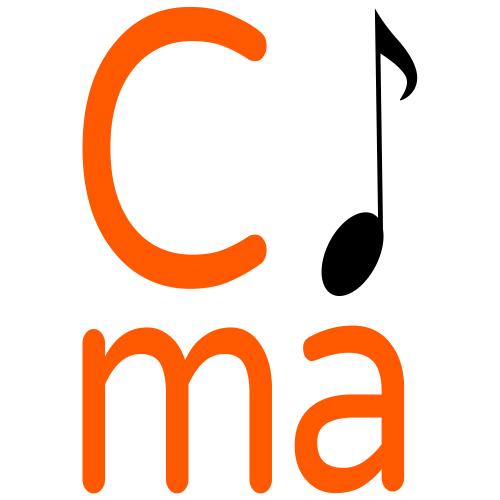SAINT SAENS RONDO CAPRICCIOSO ONLINE VIOLIN LESSON
CORNERSTONE LESSON VIOLIN VIRTUOSO REPERTOIRE
The composition by Saint-Saens "Rondo Capriccioso" is dedicated to the 18th-century violinist Pablo de Sarasate, and there's a very much audible Spanish influence in the flow of this romantic composition. It has a positive effect on the audience, but it demands precision and technique. Let's get started!

The Masterclass was recorded in March 2014 for iClassical Academy with Master Teacher Janna Gandelman from the Jerusalem Symphony Orchestra.
It's a very interesting example of interpretation through "call and response", and how to make the difference impressive to the audience, respecting the score and expressing your sound at the same time.
Watch this excerpt
If you want to be noticed by your audience as well as by producers and organisers, you have to learn how to express different dynamics in the same phrase without messing it up. This is an example of how to organise yourself and your sequence of different dynamics.
History of the piece
Saint-Saens was renown as a committed believer in the traditional rules of Romantic Classicism. First of all, it demands clarity and order. Still, this piece is an exception. There are several different registers and types of harmony, which make it different from the rest of the repertoire, or at least it belongs to the most brilliant and extrovert branch of Romanticism.
The meeting with Pablo de Sarasate that Saint-Saint had in 1862, also influenced the composition. The violinist was already a universally recognised star and was known for purity, sweetness and intense Vibrato.
So as the final result, there is a quiet melancholy introduction, Cantabile and with changing harmonies. But soon comes the Rondò, with a diligent accompaniment by the orchestra, and brilliant and whippy melody, with embellishments and shifting accents. Where a list of technical expedients is requested, to bring to the enthralling Coda, it is thought to tear the applause from the audience. The composition initially conceived to be the final movement of a more articulated piece, perhaps a concerto, but then its particular features brought to the conclusion that it deserved a free diffusion.
Watch this excerpt
Very often, we play lifting our bow between notes when we shouldn't. This is a common mistake that brings you to a lacking and not so impressive sound. Also, watch the corrections by Jana Gandelman about the "dancing" right hand.
What to expect in the Masterclass
Janna Gandelman is always very careful and precise in exposing the main topics and then developing them into smaller parts. She follows the description of all the dynamics, especially the Forte-Piano flow, accents, bowing, which will make your understanding very clear. But she's also open to possible different interpretations, so some parts of the masterclass are dedicated to variations in style and playing, which you can consider according to your personal inclinations.
